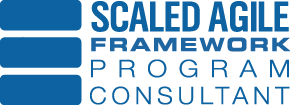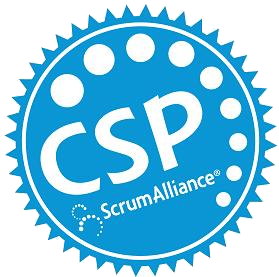
As stated in the previous post, Agile rightly puts emphasis on delivering valuable software. But how do you measure what’s valuable? After all, some features that seemed valuable at one moment in time turned out to be bad ideas. This is the nature of product development. Different metrics have more value at different levels within the organization. But is there one metric that applies applies to all areas within an organization?
AT TechEd 2012 Steven Borg proposed just that – Time to Feedback…aka Lead Time. While there are many different metrics to be measured, I largely agree with Borg’s assertion that Time to Feedback is the best metric to measure across an organization.
The Agile Manifesto states that “Our highest priority is to satisfy the customer through early and continuous delivery of valuable software.” The main thrust behind “early and continuous delivery” is to secure feedback. Why? Because as Eric Ries describes in the book, The Lean Startup, validated learning is the unit of progress in work that has a high degree of uncertainty, like software development. The faster we get feedback, the faster we can learn, which allows us to bring certainty to the uncertain environment.
To understand why Time to Feedback is vital, it is important to have a deep understanding of the metrics that make up Time to Feed. In the next post we’ll take a look at Little’s Law to determine the value of Time to Feedback.







